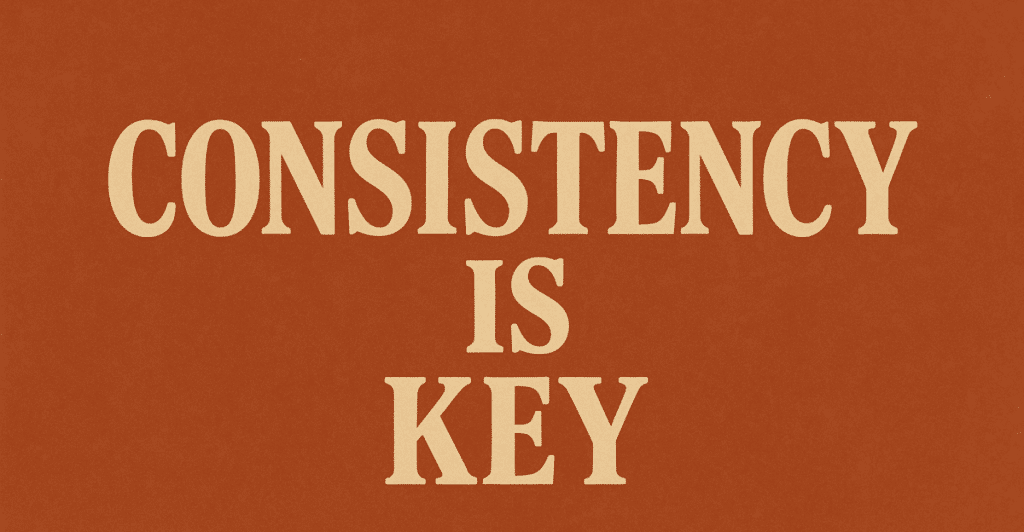
Chronic stress and anxiety plague millions–if not billions–of people worldwide. Unfortunately, not everyone has the resources to combat their symptoms and cope in traditional ways like therapy, medication, or support groups. The reality is that healing isn’t always accessible, and for many, even taking a moment to breathe feels like a luxury.
While breathing exercises will never fully take the place of professional help or medication, if necessary, they can still be your first aid and daily maintenance. Think of breathwork as a soft place to land; a moment of stillness amid the mental storm. It might not fix everything, but it can help you feel more grounded, even if just for a few minutes.
1. Find a Quiet Place

Having your own room is indeed a privilege, and not everyone has the luxury of total silence. But try to find a corner that feels safe. It could be your bathroom, the car parked in the driveway, or even a bench at a quiet park. What matters is giving yourself permission to pause. You don’t need perfect conditions to breathe; you just need a space where you won’t be interrupted for a few minutes.
2. Set Aside Time During Your Day

No matter how busy you are, there’s always a moment to pause. If you can’t carve out 10 or 15 minutes, start with 3. Yes, really. Three minutes of intentional breathing is better than none. The key is consistency. Try tying it to something you already do daily–right before brushing your teeth, after your morning coffee, or during your commute. Routine helps signal safety to your nervous system.
3. Try Different Techniques

Not all breathing techniques work for everyone all the time, and there’s no one-size-fits-all. Here are some tried-and-tested techniques you can try:
- Box breathing: Inhale-hold-exhale-hold for 4 counts each)
- 4-7-8 breathing: Inhale for 4, hold for 7, exhale for 8
- Alternate nostril breathing
Explore slowly. Pay attention to how each one makes your body feel. Over time, you’ll find the ones that work best for you.
4. Lengthen Your Exhales

It’s tempting to focus on the inhale, to take in as much air as possible, as if more oxygen equals more calm. But it’s actually the exhale that activates your parasympathetic nervous system–the one that tells your body you’re safe. Try exhaling longer than you inhale, even just by a count or two. It signals your body it’s okay to let go, to soften, to step away from fight-or-flight.
5. Pair It With Yoga

Yoga and breathwork go hand in hand, and you don’t have to be flexible or super fit to practice it. Even a few rounds of gentle cat-cow stretches with mindful breathing can bring you into your body. Movement gives your anxious energy somewhere to go. Breath gives that movement rhythm and intention. Put on a 10-minute YouTube video if you need guidance. Keep it light. Keep it easy.
6. Meditate

You don’t have to “clear your mind” to meditate. That’s a myth. Meditation is just paying attention to intention and purpose: Usually to your breath, your body, or the present moment. Sit still for a few minutes. Notice your inhale. Notice your exhale. When your mind drifts (and it will), just bring it back. No judgment. The practice is all about returning to yourself.
7. Do a Guided Imagery Meditation

If silent meditation is too hard right now, try guided imagery. These meditations walk you through a calming scene, some love imagining they’re in a forest, beach, or mountain. As you visualize, sync your breath with the pace of the narration. It gives your mind something to do and offers a mini escape. There are plenty of free ones online. Don’t overthink it; just press play and let your body follow.
8. Play Some Relaxing Music

Music can help regulate your nervous system faster than silence ever could. Try instrumental pieces, nature sounds, or ambient music with a slow tempo. Sync your breath with the rhythm. Let it guide you into a slower pace. Even just putting on calming background music while doing daily tasks can help anchor you to the present.
9. Do a Prayer Repetition

If you’re a spiritual or religious person, prayer can serve as both breathwork and grounding practice. Choose a short phrase or scripture, something like “I am not alone” or “Peace, be still.” Say it softly or in your head while you breathe in and out. Repetition plus breath has the power to soothe your nervous system and connect you to something larger than yourself.
10. Write On Your Journal

Journaling can be a powerful partner to breathwork. Start your breathing exercise, then follow it up with a brain dump on the page. Let your unfiltered thoughts out Or try this: Inhale, write one sentence; exhale, write the next. Use your breath to pace your pen. This gives shape to what you’re feeling and can help release it from your body.
11. Affirm Yourself

Positive affirmations aren’t about denying reality; they’re about shifting the angle so you can gain a different perspective. Try pairing your breath with phrases like “I am safe,” “I am doing my best,” or “This too shall pass.” Say one on the inhale, one on the exhale. Even if you don’t fully believe it yet, the repetition sends a powerful message to your body. Do this until you start believing it.
12. Use Your Hands

Sometimes, tactile cues help reinforce breath. Place one hand on your chest and the other on your belly. Feel the rise and fall. Or trace your fingers with your breath; inhale as you trace up one finger, exhale as you trace down. These little tricks give your brain something to focus on, which helps keep the anxious spiraling at bay.
13. Get Some Fresh Air

Fresh air does wonders, even if it’s just outside your front door or on a balcony. Nature has a natural calming effect on the body. Step out, feel the ground beneath your feet, and take 10 slow, mindful breaths. Even something as simple as stepping out will help do wonders for your mental health and breathwork, no matter how chaotic your day has been.
14. Do It Regularly

It’s about progression, not perfection. Even if you miss one day, don’t beat yourself up–just go back on the saddle the next day and try again. What matters is that you keep coming back to it, even imperfectly. Breathwork is about being gentle with yourself, not discipline. Show up as you are, not as you think you should be.
15. Exhale, Figuratively

Breathwork will work best when paired with a change of mindset. What use is the breathing exercise if you keep being hard on yourself or refusing to rest? Let yourself exhale in other ways too–say no when you need to, cry when you have to, and drop the weight of always “being okay.” Sometimes, the bravest thing you can do is simply soften.






Ask Me Anything